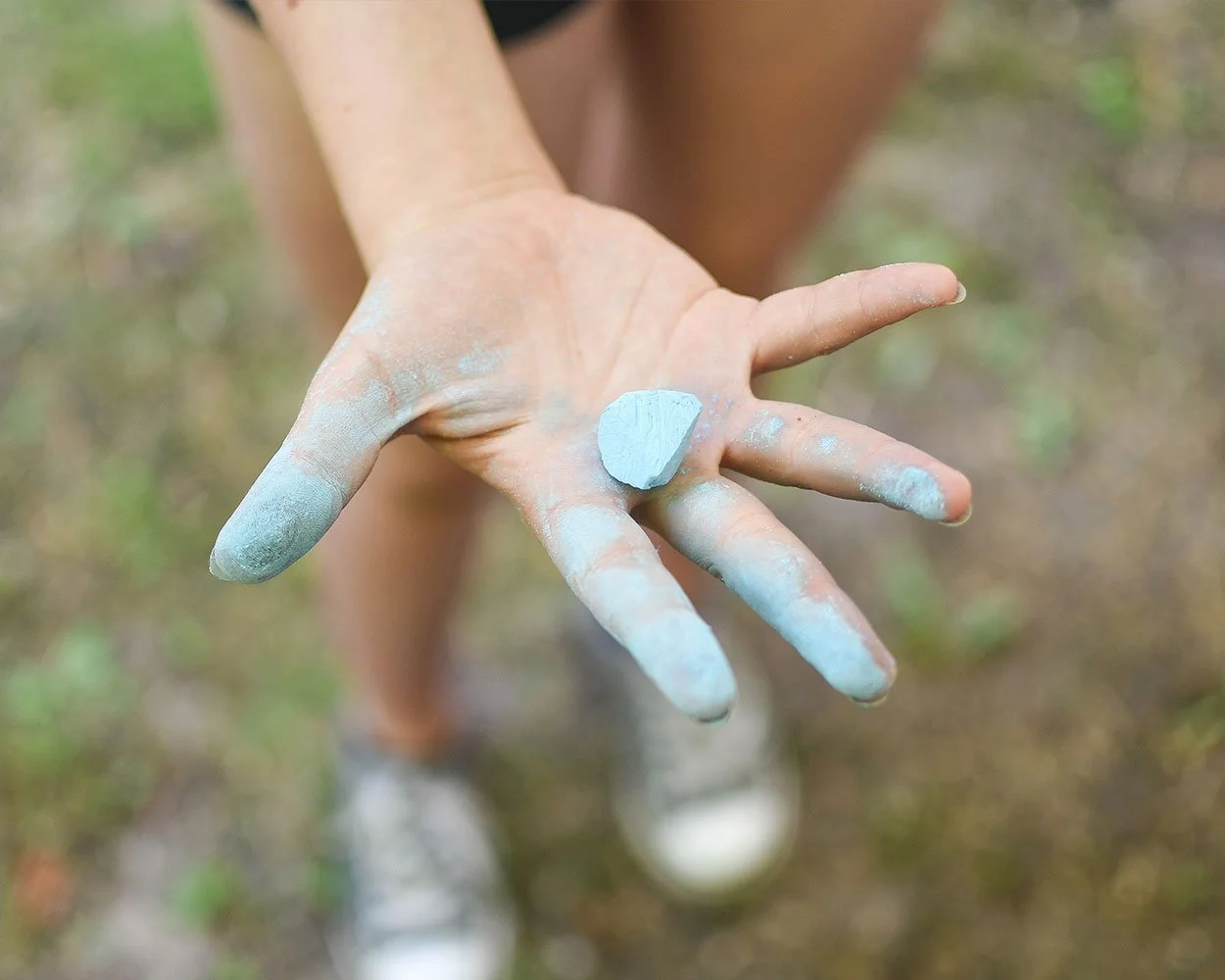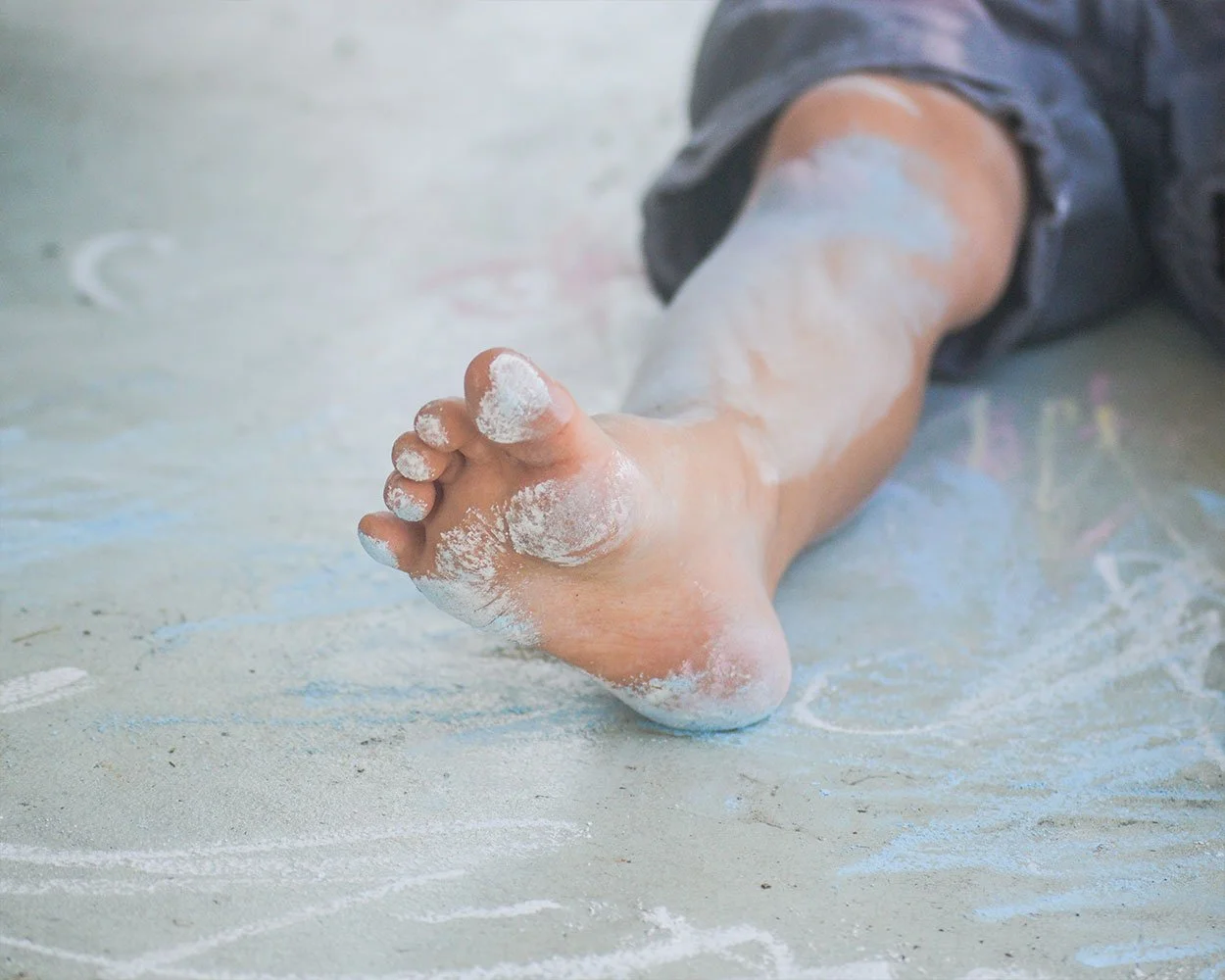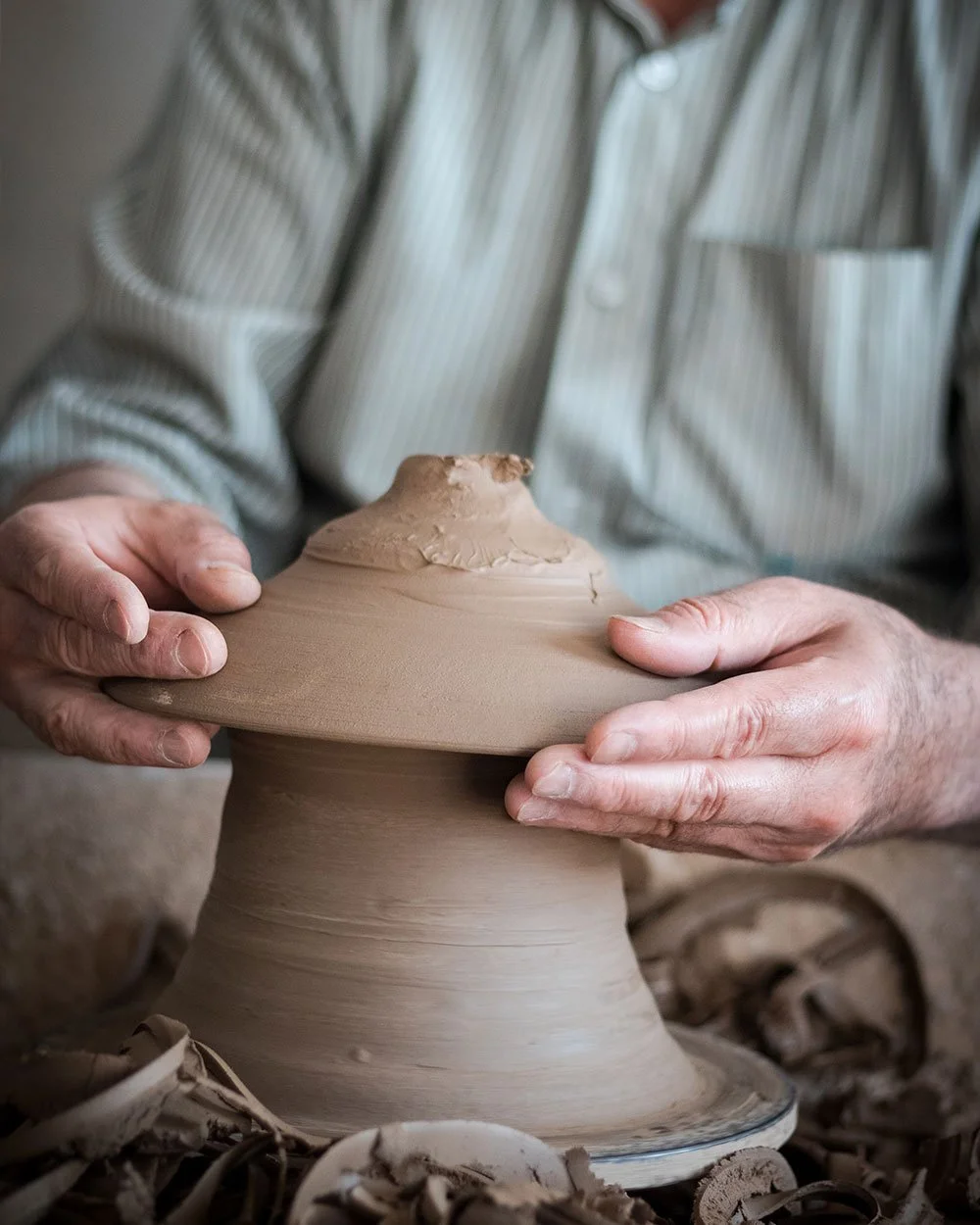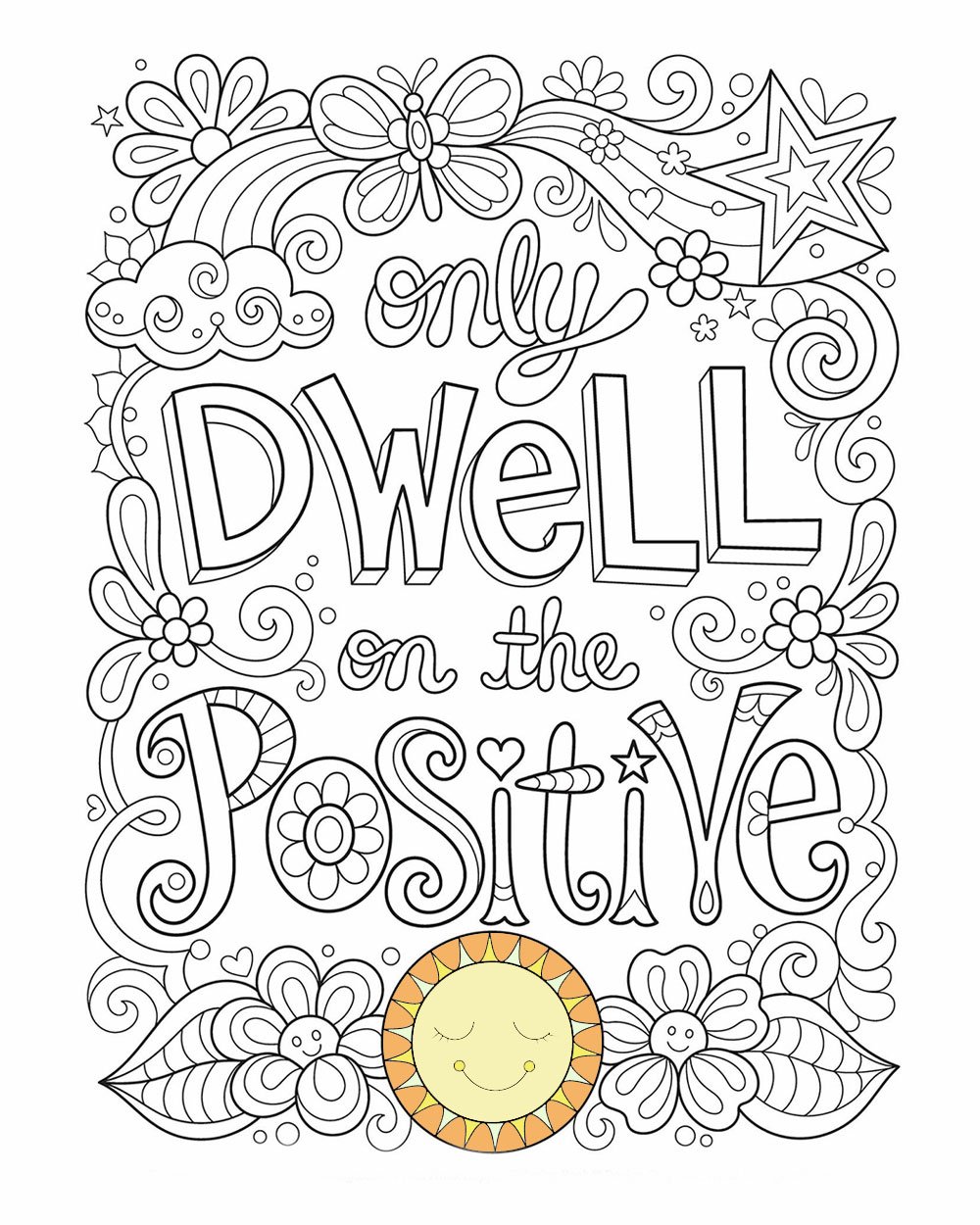Art Therapy
As a child, I was mildly hyperactive, with an introverted personality and having a high sensitivity to my surroundings, or technically known as hyperesthesia. Sensing the need to do something, my mother, an educator herself, elected a more heuristic approach to non-traditional therapy: art therapy. This is how I started my journey with art therapy. Ever since I was four years old, she accompanied me in exploring a variety of artistic creation, music appreciation, and learning tools to enhance brain development. These experiences all contributed to my development of esthetic sensibilities, increase in ability to focus, and more importantly served to help me ground myself with self-affirmation. As a side note, this article is not for professional advice. Instead, it compiles researched information along with my personal experiences I would love to share with you.
Artprojectsforkids.org
When I was young, I took an art class unlike anything else. The teacher instructed us to fabricate an ice-cream out of disposable paper cups, water, tissue paper, paint and some clay. I was puzzled and confused viewing the items in front of me. Weren’t these items ones that I see in a bathroom or in a doctor’s office? How does it become ice-cream?
The teacher instructed us to fold the tissue paper into round balls and dab it into the already mixed bowl of water and clay. The children in the room were happily mixing their ice-cream into their favorite “flavor" by stacking rolls of tissue into the cup. At the tip of the ice-cream, I made a pointed triangle indicating my version of a soft serve. It was such a joyful moment, especially loving the tactile sensation of clay and tissue paper. This particular experience shifted how I imagined creative work to be. The ability to create had a whole new meaning and it was this moment where I embarked my journey in the field of art.
The use of artistic creation as a method of self-expression is known as art therapy. Many studies in the past have demonstrated the therapeutic effects of art upon mental well-being to treat individuals with physical disabilities, rehabilitation, and mental illness. Art therapy is rooted in the idea that creative expression can foster healing and mental well-being. People have relied on arts as a framework for communication, self-expression, and healing for thousands of years. However, art therapy only became an official program until the 1940s.
Art therapy is beneficial for those with:
Learning difficulty
Those experiencing severe stress
Those experiencing behavioral or social problems at home or school
Mental health conditions
Individuals with brain injury
Children or adults who have experienced a traumatic event
Studies have shown that those with congenital defects, those who have experienced trauma or have struggled with mental illness often utilize variations of art and creation to express individuality. These methods have helped explore the inner world and healing of wounds. Thus, art has played a critical role in therapy and developed into more official practice of assessment and treatment techniques.
“The purpose of art therapy is to utilize creative processes to explore self-expression, to gain personal insight and develop self-coping skills.”
While art therapy isn’t as conventional in Taiwan, we can all gain positive insights and new discoveries through art therapy.
So what are the common types of art therapies?
1. Finger painting
When I was taking art classes,my favorite activity was to dip both hands into the paint and feel the paint against my skin. The instructor would lay a big sheet of paper on the floor, allowing us to create with no boundaries. Although I always left class with paint all over me, I was full of joy and satisfaction. The intimacy of working with the paint magnifies the tactile and visual senses, which further fosters a sense of affection and therapeutic effect.
2. Doodling and scribbling
Some enjoy the process of ink-making in calligraphy, the peacefulness in ancient writing; others find joy in observing the fine details and turning them into sketches. The freedom to create provides the opportunity to freely express oneself. Artwork made in such form conveys the author’s individuality and current state of mind.
3. Working with clay
Pottery making has a resemblance of intimacy just as in finger painting. The difference lies in that clay is a three-dimensional object. Centering, balancing, focusing, and stability all affect the final outcome of the art piece. The process in pottery making holds great meaning: starting with shaping, glazing, finally the application of the ceramic piece for tea-drinking or as a vase. These are all embodiments of self-dialogue and demonstrate our awareness of our surroundings. Pottery making itself is also a form of meditation practice. It does so by repeating the same actions to achieve a peaceful state of mind.
@happierhuman
4. Coloring
Coloring makes use of a variety of pigments to express our individuality and as a form of visual therapy. Nature, animals, even natural elements such as the Mandala are all utilized in coloring. The repetitive motion of shading and filling in colors aid us in living in the present, to release all kinds of distress. It is always a pleasant surprise to see how the same pattern has varied representation when colored by different individuals.
“When we’re highly focused on a specific task on repetition, all the anxiousness ceases to exist.”
@thomasalm3ida
5. Collage
Collage comes in many shapes and forms. The most common form of collage is to manipulate magazine images and word titles to create an artwork. It is fond of utilizing nature’s supply as inspiration such as scattered leaves and flower petals, or even shells and stones from the beach. With some imagination, these can be turned into a powerful tool in expression and education while staying environmentally friendly.
6. Photography
“We get to view one’s perspective of the world through the photos taken”
Photography is often mesmerizing and charming because it allows us to discover and appreciate all kinds of beauty through the capture of the lens. The act of capturing a photo enhances our observation skills of our surroundings. Imagine these images: the beetle crossing by the feet during a hike, a dew sitting at ease on a flower petal, the gentle breeze swaying the entire jungle. Indulging in awareness of our surrounding nature and diversity amongst people are all approaches toward the journey of personal and emotional healing.
@thomasalm3ida
Summary
Aside from cultural heritage, the existence of art seeks to better express our emotions, explore our identity, stress-reduce, improve our confidence, and help us connect with others more intimately with purposeful intentions.
In the midst of creative work, we start to observe details that we only begin to notice, especially the shift in our emotional well-being. Through the process of creative exploration, we become more familiar with our thought processes, sentiments, intentions, if, at all any, contraindications or adjustments needed.
The existence of art is for any individual looking to increase self-knowledge, awareness, and well-being. There are endless possibilities when it comes to exploring art, what are you waiting for?
Kandee Chen is the Creative Director of Studio Kandee. She can usually be found searching for vintage wares, sitting in quiet cafes, relaxing by the lake, or exploring new places in the city.
Kandee’s Instagram @mysouldairy
Article translate by Helen Luo










